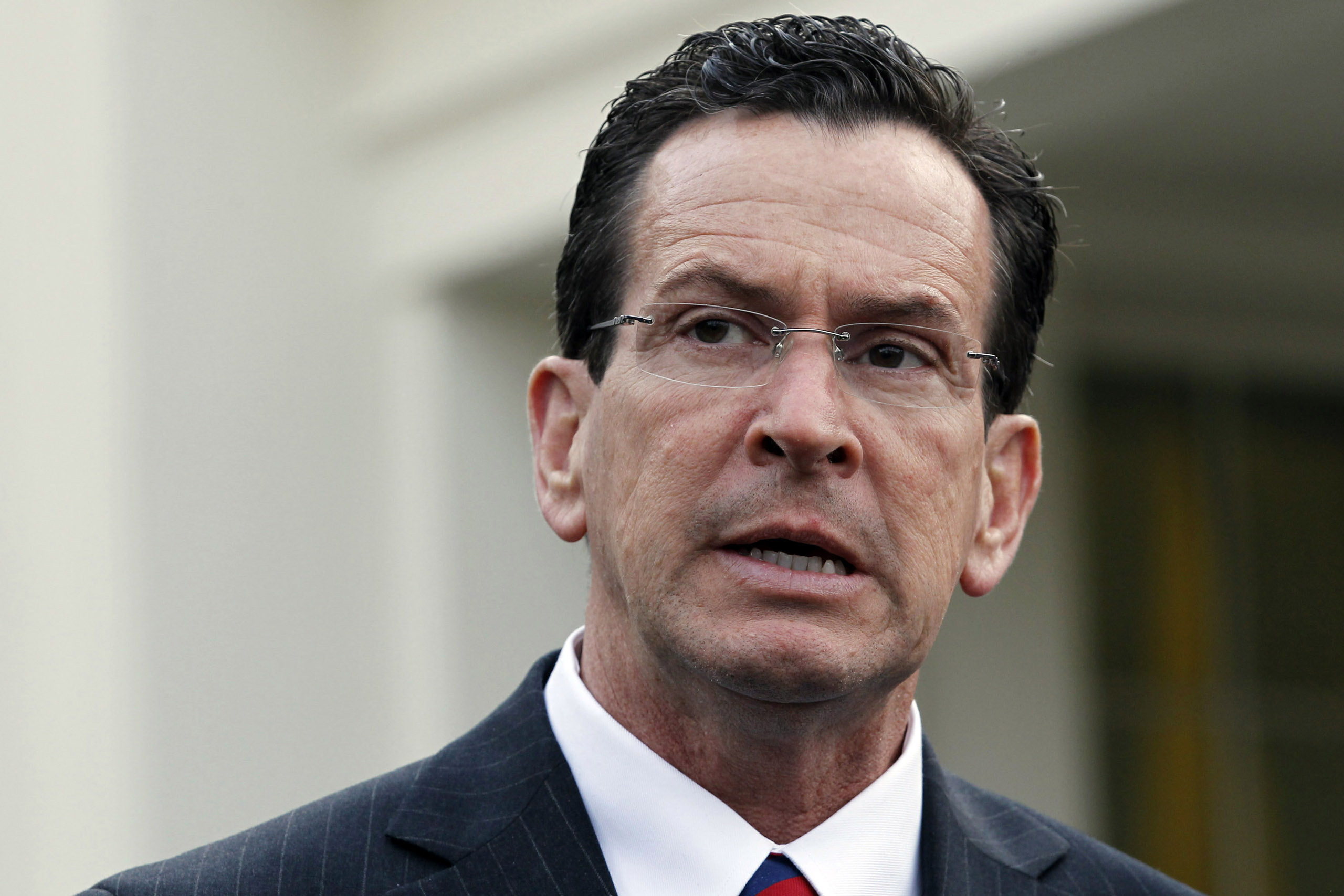
Under Failed Governor Dan Malloy and his Democrat Enablers, Connecticut has now passed 100 days without a budget. With Malloy’s decision to veto a bipartisan budget based by the state’s legislature that would have ended the impasse without raising taxes, there appears to be no end in sight to the state’s budget crisis.
But while Malloy and his Democrat Enablers continue to reject any attempt at compromise, Connecticut families are paying the price. The Wall Street Journal reports that Connecticut towns are facing steep education funding cuts, forcing them to consider heavy municipal tax increases as a direct result of the budget crisis in Hartford.
Even after being given a clear opportunity to pass a budget without imposing even more job-killing tax hikes on Connecticut families, Malloy and his Enablers chose to prolong the state’s budget catastrophe. And as Connecticut’s Democrat gubernatorial candidates continue to stand by Malloy’s chaotic failed policies, voters will take notice.
The Wall Street Journal reports:
“A wave of education funding cuts hit Connecticut cities and towns on Monday, forcing them to freeze spending and consider tax increases as the state moves into its fourth month without a budget.
Garry Brumback, town manager of Southington, said he instructed departments to come up with plans to reduce spending by up to 10%. He also froze hiring and capital purchase.
If the state doesn’t pass a budget and provide Southington more funding soon, the town will have to implement across-the-board layoffs in areas of public safety, roads and parks, Mr. Brumback said.
In the absence of a state budget, state education funds to Southington would be cut by $20 million, or 14% of the town’s annual budget, he said. “Nothing will be unscathed.”
After failing with lawmakers to agree to a budget at the start of the fiscal year in July, Gov. Dannel Malloy, a Democrat, signed an executive order to keep state operations running. But the order can only provide funding based on the state’s current revenue projections. That required cuts to municipal aid in excess of $900 million, most of which fell on education funding.”





See the latest videos from RGA
Watch our videosHappy Independence Day!
Always proud to be an American!🇺🇸 https://x.com/GOPGovs/status/1941089615127163218/video/1
I want to congratulate @POTUS, Senators @berniemoreno and @SenJonHusted, and Ohio’s Congressional delegation for today e…
Follow RGA on Twitter
Follow RGA on Facebook